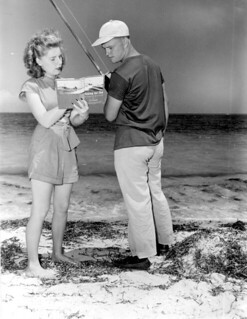{Note: This review contains spoilers for the first book in this series, Raised by Wolves. If you haven’t read it, and don’t want to be spoiled, do not pass go, instead, read Sandra’s review of Raised by Wolves.}
There’s always a way around orders, a way to be the exception instead of the rule. I just needed to find it. I was going to find it.~Bryn
Bronwyn Alessia St. Vincent Clare, better known as Bryn, returns in Jennifer Lynn Barnes’ second book in the Raised by Wolves series, Trial by Fire.
She’s proud.
She’s a fortress of strength.
She’s also the leader of her newly-formed and unusual pack, created at the end of Raised by Wolves. She’s stretched the bonds of her previous pack to find her own freedom, to forge a new and different pack while still following the rules that bind them all. With her new responsibility of alpha status, she fights to maintain her balance and dignity as the weight of her werewolf world threatens to challenge her position and deeply-held beliefs.
Bryn’s own path, a path filled with pitfalls, pain and hard, harsh lessons exacts a unique toll. It’s a tricky trail, one never forged before. Yet, she holds fast to what her heart and conscience whispers to her as truth and righteousness.
I needed to protect them, more than I needed water or air or any kinds of human connection.






















